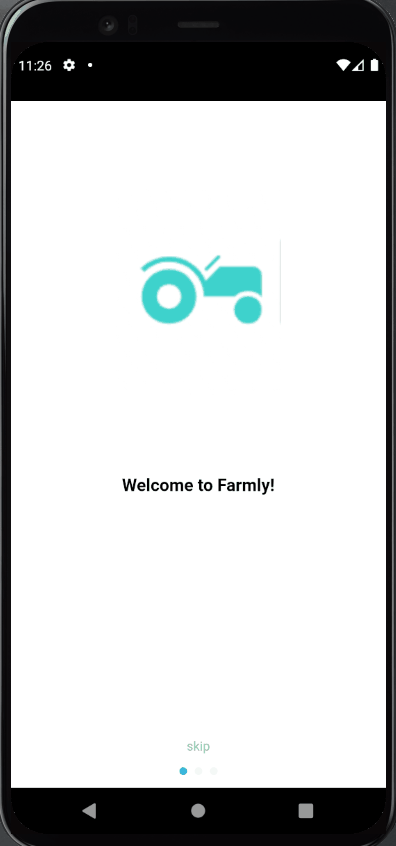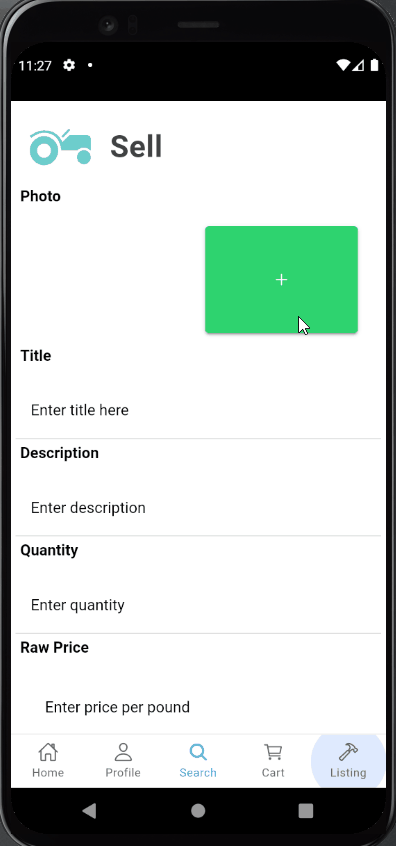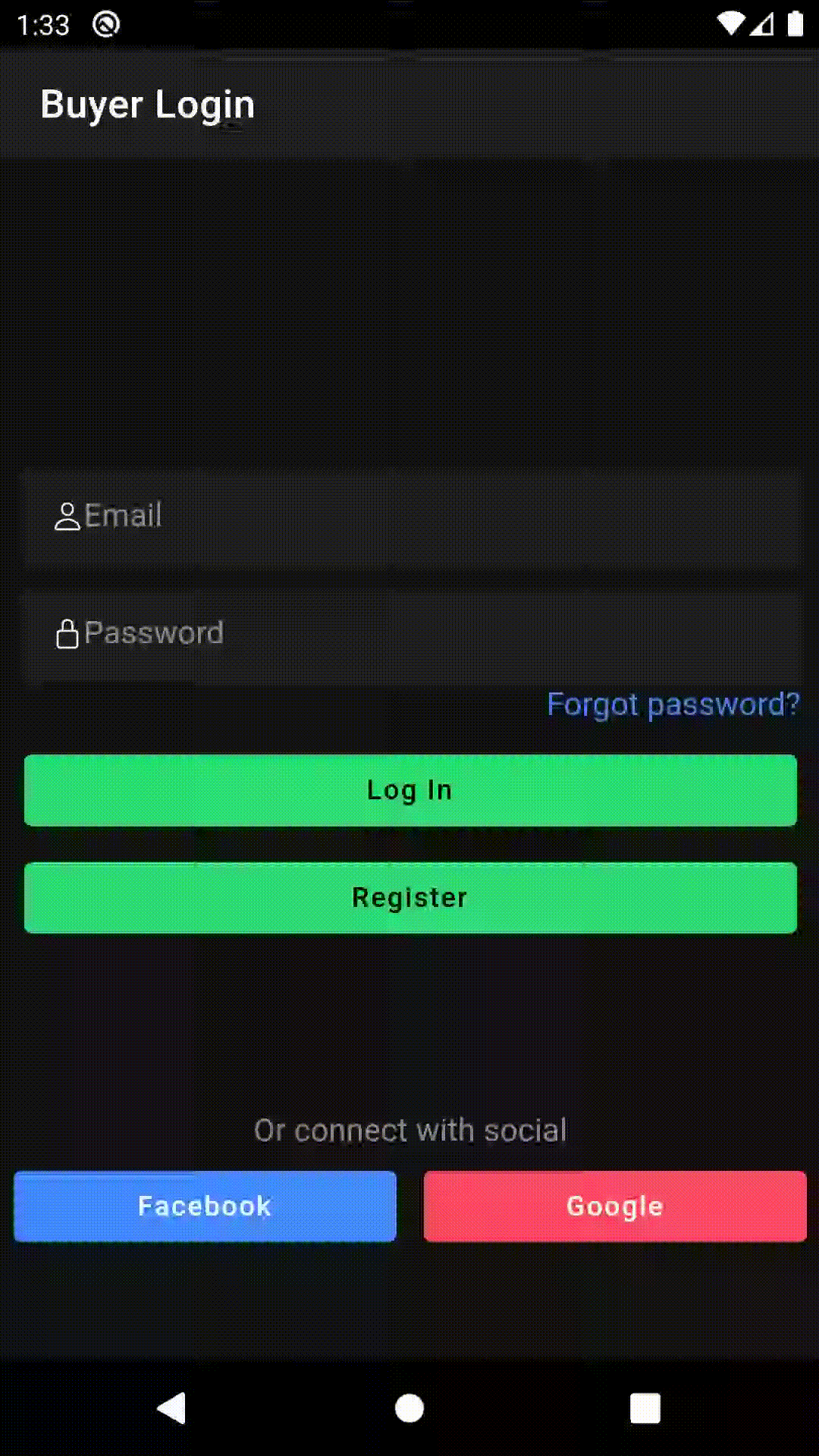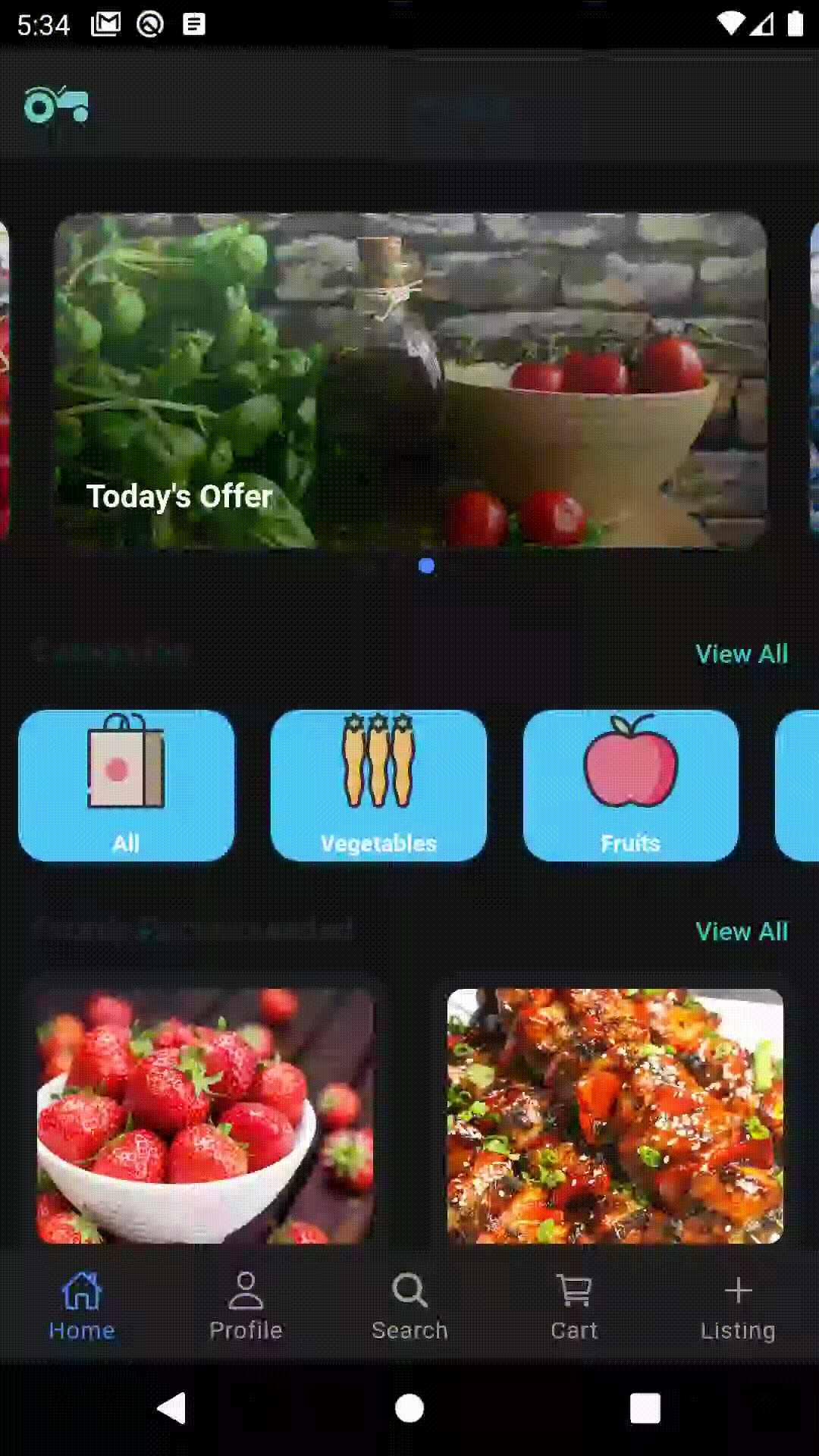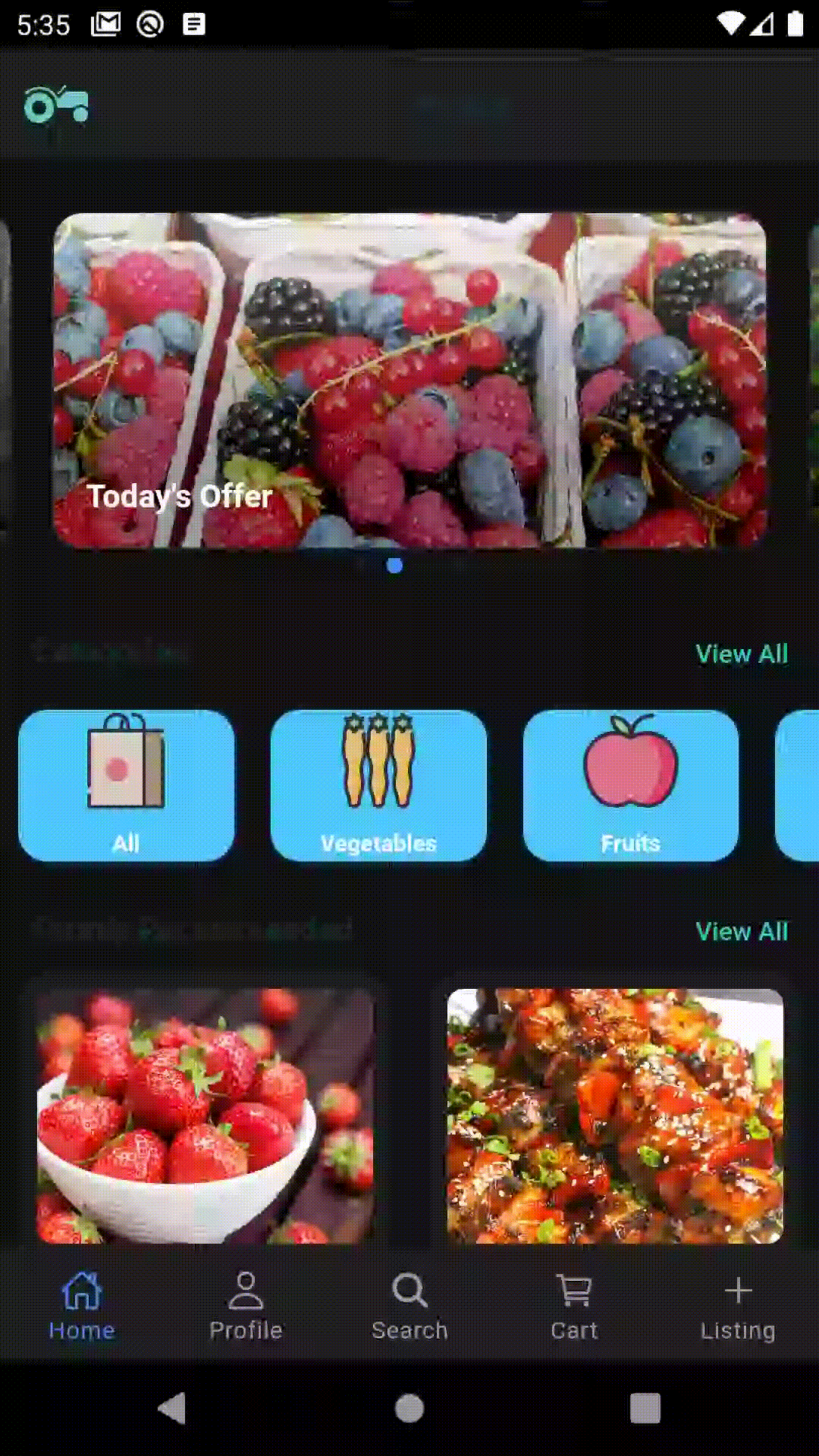UCI Senior Capstone Project – Farmly
Introduction
Farmly is a web and mobile based application developed by Adrian Chu, Dennis Chuong, Jingtong Gao, and Lily He.
It was constructed over two quarters through our Senior Capstone project offered through the
University of California, Irvine. The purpose is to create a dedicated application for small farmers to sell
their produce to consumers, where a dedicated application does not currently exist. Farmly was one of the three
projects in the Computer Science course offering that was invited to present at the annual UCI ICS Showcase.
Objective
The objective for the project was to be able to create both a web and mobile based application to connect
farmers and their customers within the span of 21 weeks (or two quarters). The aim was to be able to create
a minimum viable product (MVP) before the end of our capstone.
System Architecture
The application was developed using a variety of languages and technologies. The frameworks we used to develop
this application include Angular and Ionic. These frameworks were paired alongside HTML5 for the layout,
SASS for the styling, and Typescript for the logic of our application. In addition, we utilized Firestore
for our storage consisting of a NoSQL database, which taught us how to work with databases that deviated
from the traditional relational database structure. We also used Firebase for our login authentication and
cloud storage. The microservices through GCP such as Cloud Functions, Pub/Sub, and Cloud Scheduler were helpful
in creating the analytics for our application and creating thumbnails for our images on Firebase. To create the
Android version of our application, we had to use Android Studio and Capacitor to accomplish this.
Lastly, we used Stripe’s API to handle our payment processing.

Work Distribution
Dennis Chuong
- Consumer Profile User Interface
- Create Listing Page
- Analytics via GCP Microservices
- Firestore Indexes for Cart (Collection Groups)
- Currency Regex
- Login Page User Interface
Adrian Chu
- Media Upload Backend Service
- User Authentication Backend Service
- Home Page Frontend
- Navigation Bar
Jingtong Gao
- Consumer Profile Backend Service
- Cart Page
- Checkout Page
- Stripe Integration
- Search Indexing
Lily He
- General Frontend Assistance
- Organization Profile
- Listing Component
Challenges/Roadblocks
One of the main challenges that we have faced during the Spring quarter was that the group
members’ schedules conflicted. This meant that we could not meet Monday through Friday for our
daily stand-up meeting, as we had done in the first quarter. Instead, we had to meet on only Monday,
Wednesday, and Friday. To address this issue, we planned for longer meetings and more closer communication
with the project sponsor through messaging services. Team members also scheduled individual appointments
with our project sponsor as needed.
Our conflicting schedules also made it difficult for us to schedule time to work together as a
group and to schedule when to have our final presentation. Often, we found that only any 3 of
4 members could make these meetings. In most cases, we settled with working with a
fraction of our group. In cases where the meeting was important, some members had to
make sacrifices in their schedule to attend the meeting.
Another challenge that we faced was with combining our work together. Instead of initially
being able to work individually where we were familiar with our own code, we had to connect
our code to call other team members’ source code. To overcome this, we began to have peer
programming sessions and worked more closely together.
We ran into some technical challenges as well, such as running into outdated libraries when
using Android Studio. To circumvent this issue, we found alternative solutions to get to the
same destination we were working towards.
Future Work
UI/UX Design: While the application is intuitive to us as the designers, it may not necessarily
be intuitive to the intended users. We plan on getting input from a professional UI/UX
designer to improve the application’s interfaces.
User testing: We plan on having actual farmers test the system. We might perform task
analysis or contextual inquiry, among other things; we can learn more about the farmers’
goals with our system and see if there are any burdensome steps that our system forces the
farmers to perform.
Conclusion
Through working together with our project sponsor, we were able to learn a lot from this experience
while completing our minimum viable product. One of the most notable things that we learned was working
together with very few merge conflicts as a result of setting up our Git branches as feature branches.
This really helped us have a firm grasp in working in a team environment with Git. We also learned how
to work with the cloud, frameworks, languages, and other technologies we wouldn’t have been able to learn
otherwise. As a result of the hard work and dedication to this project, we were invited to present at the
annual UCI ICS showcase where only three teams from the capstone project were nominated to present.
